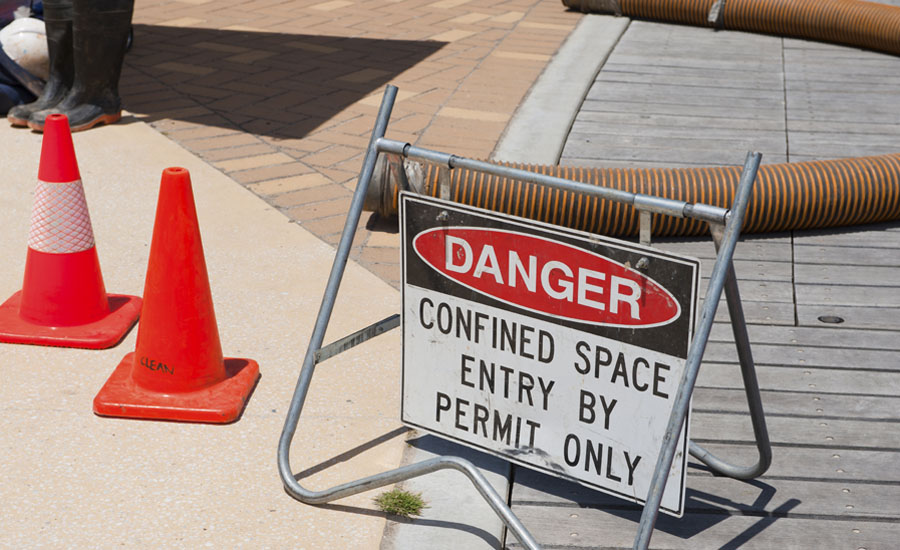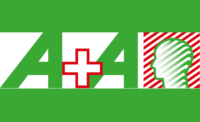To ensure safety for its employees, a Kentucky manufacturing plant has developed comprehensive confined space training to prepare workers.
In a confined space rescue course, workers were instructed by an independent safety company for a two-day, 16-hour course to learn the basics of safety and rescue in situations that would make any claustrophobic nervous. Michael Schirtzinger is a consultant for Health and Safety Sciences, LLC. and one of the instructors.
“This is an entry level for those who’ve had no previous training,” Schirtzinger said. “We brought our simulator today, which we could take them through actually simulating permit required confined spaces, which is an OSHA standard.”
According to Schirtzinger, he and his company do several trainings across the country with seven offices, most of them in Kentucky and one each in Ohio, Colorado and North Carolina.
“A number of different plants have confined spaces in them, so this will allow them to be more aware of the danger that they would face in those confined spaces and how to work safely.”
Over the two days of training, plant workers learn of the many hazards involved with confined spaces, such as atmospheric conditions, engulfment and asphyxiation. Schirtzinger said the workers will experience all of the hazards except for atmospheric.
“One of the things we talk about in class is it’s just nature that you’d want to go and rescue your buddy,” Schirtzinger said, “but first you’ve got to make sure the atmospheric conditions are right, you want to make sure that you have the proper personal protection. So we talk a lot about personal protective equipment and making sure that they have the proper tools and equipment that they need.”
Schirtzinger recalled a previous incident that could’ve easily been prevented had those involved had proper training.
“There was an incident last year in Florida where someone was working in a manhole and somebody had succumbed to methane gas,” he said. “So the co-worker went in to rescue him—he succumbed to the methane gas, so first responders had to come and rescue both individuals.”
Trainees are assessed on their skills learned during their training, and also receive CPR, first aid and AED training.
“They will have to show us tying a number of different knots, I believe there are eight different knots they will have to learn how to tie, and to show competency that they’re able to tie those,” Schirtzinger said. “Then, they are going to have to show us that they can wear a full body harness and know how to put it on, safely, then tie on and be able to set up a tripod, be able to set up a Z-drag and know the basics of mechanical advantage.”
Source: www.maysville-online.com



